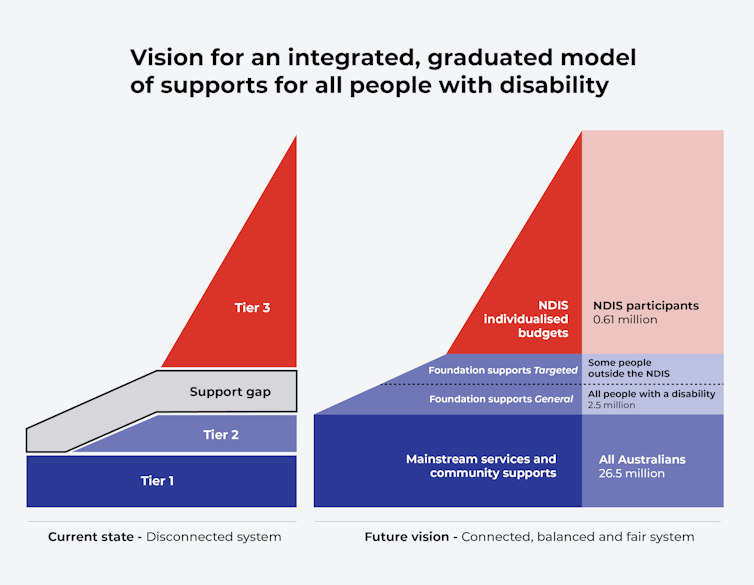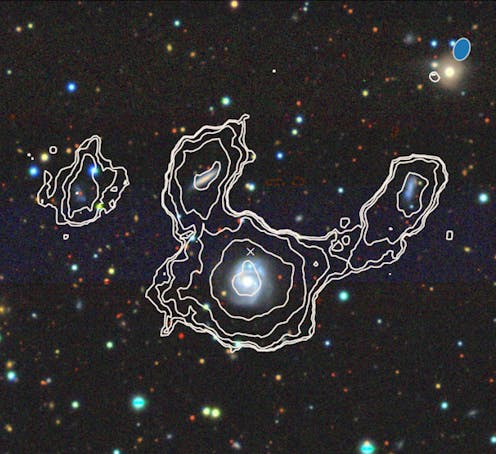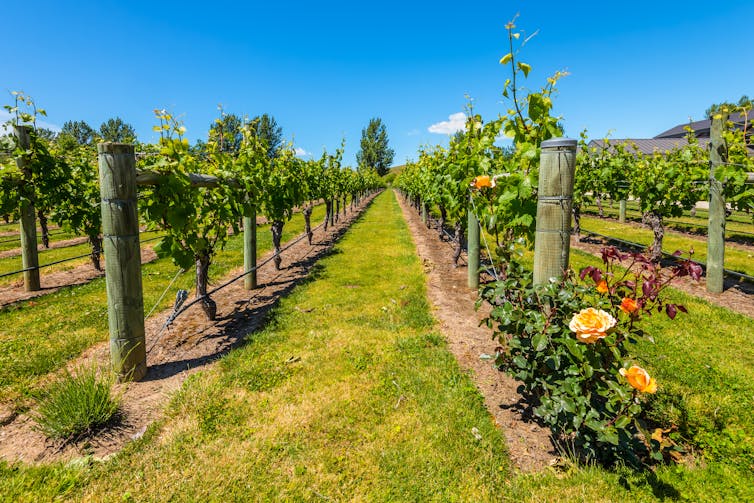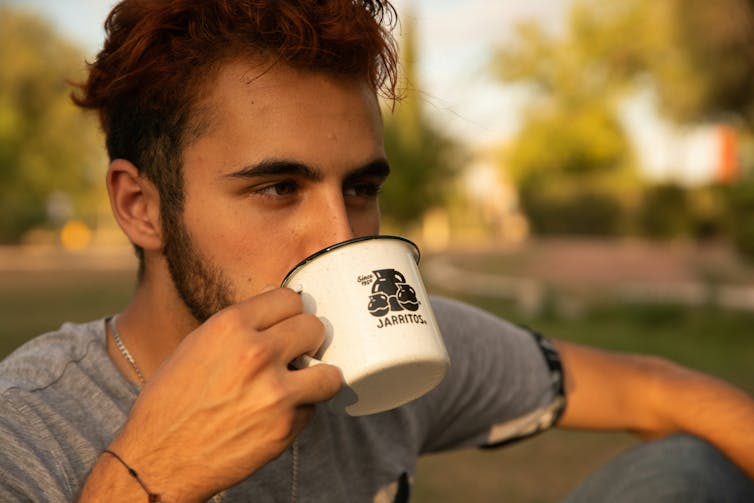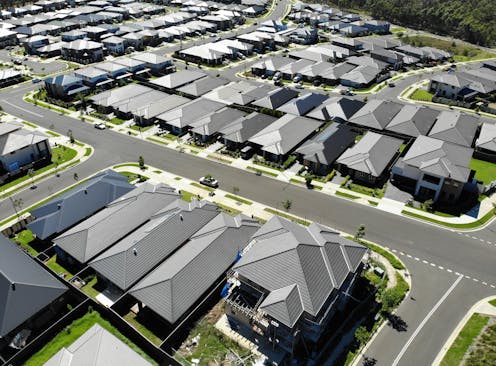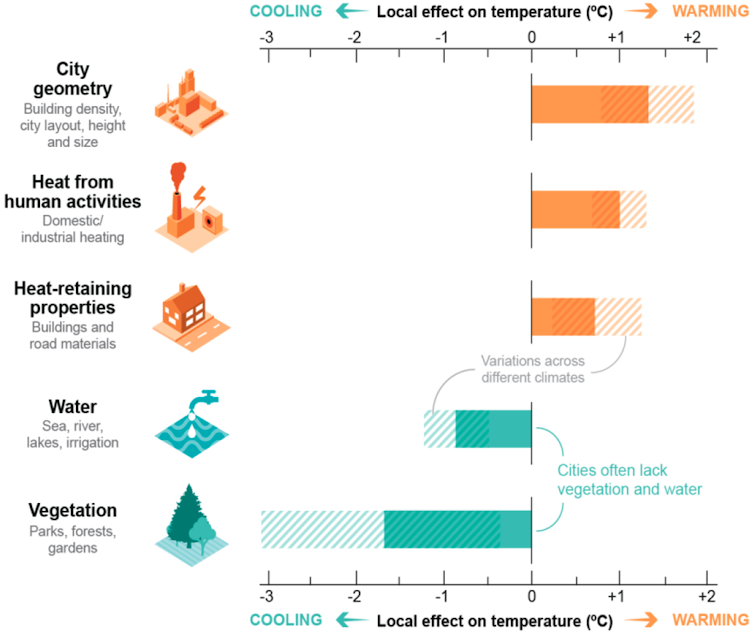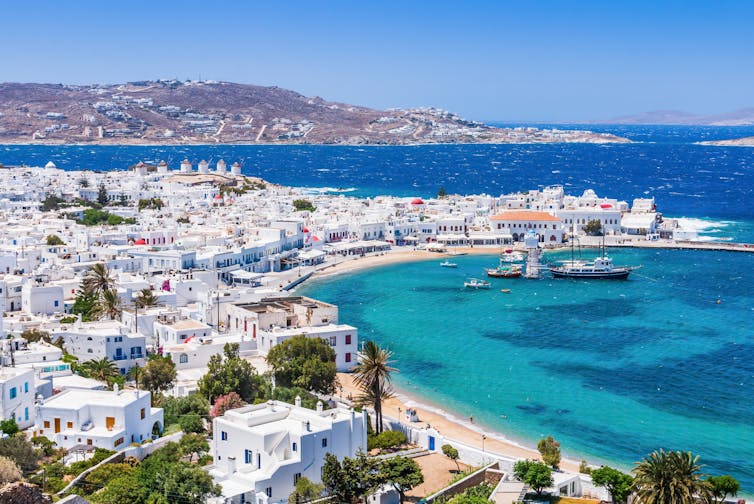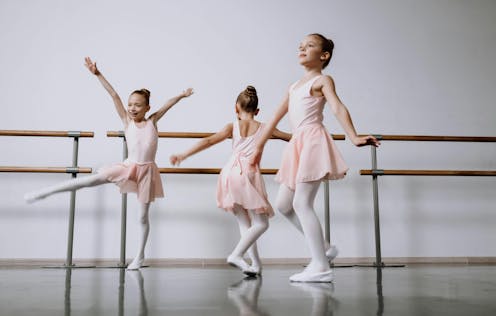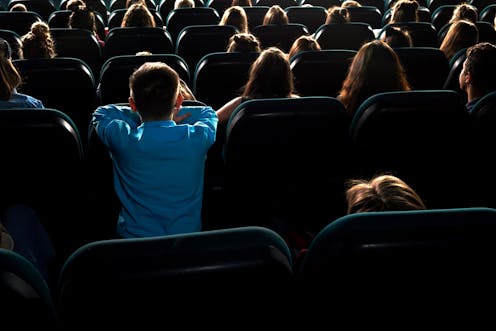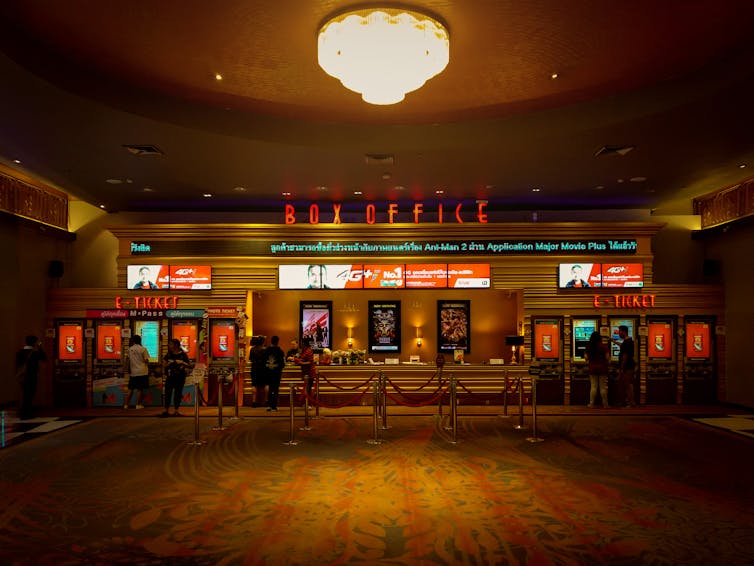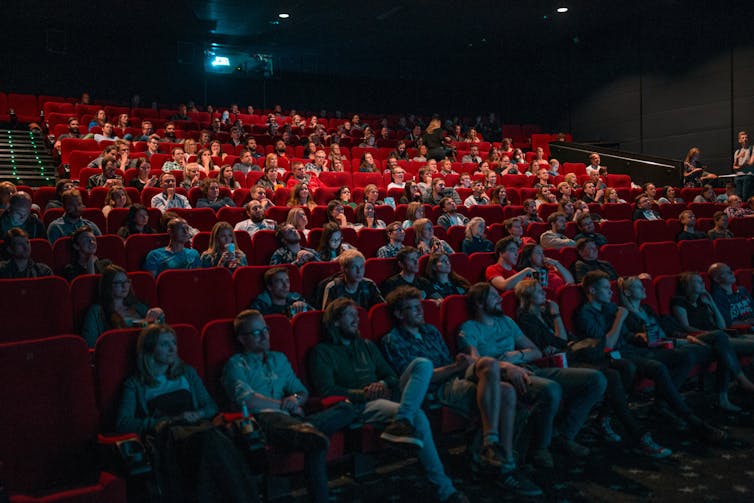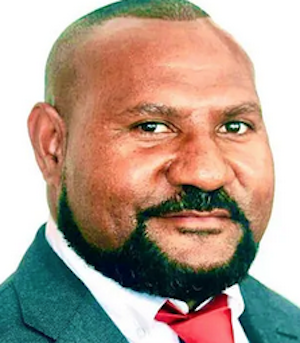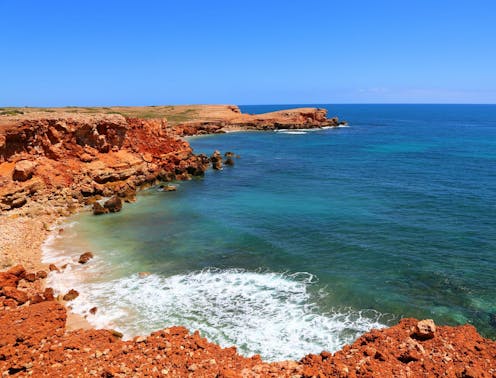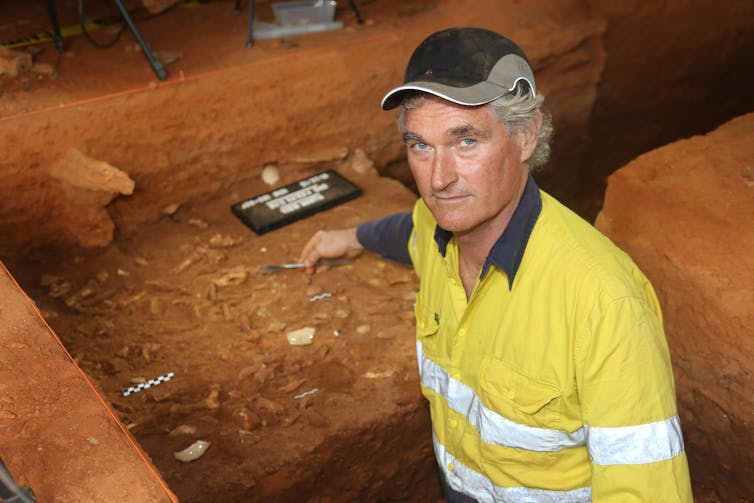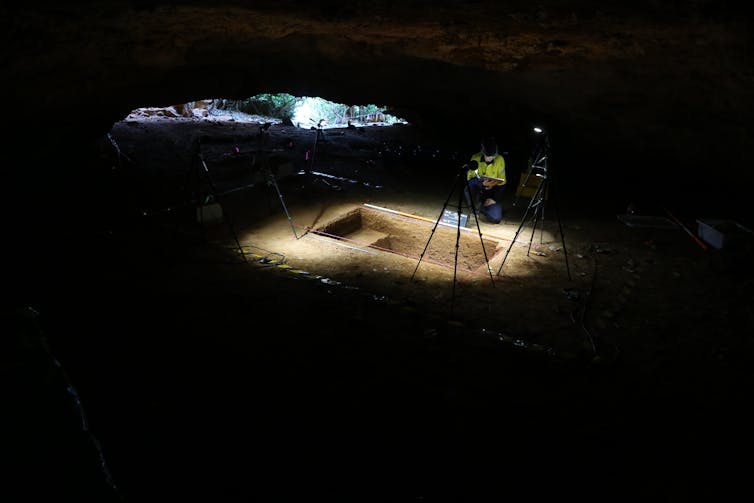Source: The Conversation (Au and NZ) – By Holly Cullen, Adjunct professor, The University of Western Australia
The High Court in London has granted Julian Assange leave to appeal the UK Home Secretary’s order that he be extradited to the United States on charges of computer misuse, and multiple charges under its Espionage Act.
However, the favourable judgement has a sting in its tail – the US can stop the appeal if it submits adequate assurances on the treatment of Assange, including guaranteeing freedom of expression.
The two-judge panel rejected some of the grounds argued by Assange’s legal team and accepted others. They have allowed the US government and the home secretary until April 16 to provide any assurances in relation to the accepted grounds of appeal. Without assurances, leave to appeal will be granted. If assurances are filed with the court, the court will hold another hearing on May 20.
The court rejected the following grounds of appeal:
-
that extradition would be incompatible with the US–UK extradition treaty (this essentially addresses the claim that charges are for political offences)
-
that extradition is barred because it involves prosecution for a political opinion
-
that extradition is incompatible with Article 6 (right to a fair trial) or Article 7 (ban on retroactive criminal law) of the European Convention on Human Rights (ECHR)
-
that extradition is incompatible with Article 2 (right to life) or Article 3 (prohibition on torture or inhuman or degrading treatment) of the ECHR.
The grounds provisionally accepted by the court are:
-
that extradition is incompatible with Article 10 (freedom of expression) of the ECHR
-
that the UK Extradition Act prohibits extradition in cases where the accused might be prejudiced on grounds of nationality
-
that there is inadequate protection of the principle of speciality (that a person can only be charged with offences listed in the extradition request) and against the death penalty.
The grounds of appeal are in some ways surprising, given the District Court judgement of 2021 decided that extradition should not be allowed on the basis that it would be oppressive.
In the leave to appeal hearing, it seems the court was persuaded by arguments that Assange is being charged for actions that are normal journalistic activities. The European Court of Human Rights has never found that extradition would violate freedom of expression, so this case could be a major development in the law under the ECHR.
The issue of prejudice on the grounds of nationality appears to relate to claims that Assange, as a non-national of the US, would not be able to rely on First Amendment protections of freedom of expression.
The court has asked for new assurances because the grounds of appeal are outside the assurances the US government gave in 2021, which responded to the District Court judgement.
Today’s judgement opens the door to a full appeal. Dates for hearing will be set, but the appeal will probably be heard later this year. If the appeal succeeds, the extradition process would be over. At that point, Assange would be released from Belmarsh prison and probably deported to Australia.
If the appeal fails, he could seek leave to appeal to the UK Supreme Court. If leave is denied or a further appeal fails, he would at that stage have exhausted all possible remedies in the UK.
US Marshals will likely seek to remove Assange to the United States as soon as possible after he exhausts his UK recourses. To prevent that, his legal team will make an application to the European Court of Human Rights. Assange’s lawyers applied to the European Court of Human Rights in 2022, but the application was declared inadmissible without published reasons on December 13 2022, probably because he had not yet exhausted potential remedies in the UK.
Once Assange has exhausted his last possible recourse before the British courts, an application to the European Court of Human Rights would probably be declared admissible. The application will be accompanied by a request for urgent interim measures to obtain an order prohibiting the UK from extraditing Assange until the European Court has decided on his case.
Interim measures are usually only granted in cases involving the right to life or the prohibition on torture or inhuman or degrading treatment. The District Court judgement in 2021 found he should not be extradited because it would be oppressive. The facts underlying that finding, that the likely prison conditions in the US increased the risk that Assange could attempt suicide, could support a claim under the European Convention on Human Rights that extradition would violate his right to be free from inhuman or degrading treatment or punishment.
The United Nations Special Rapporteur on Torture, Alice Edwards, said before the February hearing that the conditions Assange would face could amount to torture or other forms of ill-treatment or punishment.
Read more:
Politics with Michelle Grattan: Greg Barns on the battle to free Julian Assange
Last week, reports surfaced that the US government would consider offering Assange a plea bargain that would see him released from prison based on the time he has already served in Belmarsh.
Assange’s American lawyers stated at that time that they had not been contacted by the US government, and no one associated with Assange has made further comment.
With the prospect of legal proceedings continuing for months or years to come, a plea bargain may begin to look like a reasonable outcome for everyone concerned.
![]()
Holly Cullen has been a volunteer for the Australian Labor Party.
– ref. Assange wins legal lifeline against extradition to the US – but there’s a sting in the tail – https://theconversation.com/assange-wins-legal-lifeline-against-extradition-to-the-us-but-theres-a-sting-in-the-tail-226614




